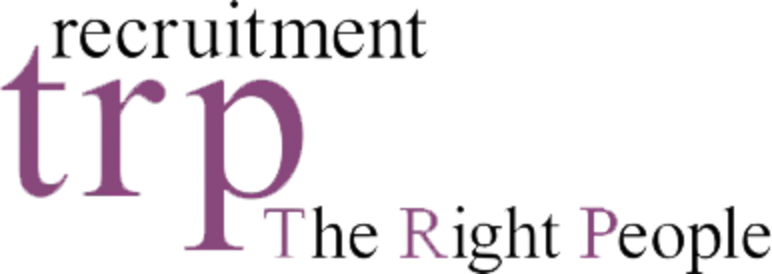.png)
HR & Recruitment Trends Shaping the Future of Work in 2025
🔍 HR & Recruitment Trends Shaping the Future of Work in 2025
As we head into Q2 of 2025 work is evolving fast driven by shifting expectations, tech innovation and economic uncertainty. HR and Recruitment leaders are rethinking strategies to stay ahead. Here are 6 key trends shaping the workplace this year:
🤖 AI in HR: From Automation to Augmentation
AI is no longer just about streamlining tasks—it’s also empowering HR with predictive analytics and personalised experiences. Expect smarter hiring tools, adaptive learning platforms and AI-driven insights to support, not replace, human decisions. After all, HR is a people discipline so there will always be the need to have a great HR Manager and/or a good Recruiter looking after the process. Ultimately there is no substitute for that personal connection and agencies working in partnership with companies are a crucial part of finding the right talent .
2. 🌟 Employee Experience as a Competitive Advantage
A great employee experience is now a must. Hybrid-working models , mental health support and continuous feedback tools are helping companies attract and retain talent in a candidate-focused market. HR leaders are increasingly seeing the value in investing in employee listening tools and feedback mechanisms to ensure a more tailored and inclusive work environment.
3. 🗓 Four-Day Workweek Goes Mainstream
With increasing demands for work-life balance, the four-day workweek is moving from experimental to mainstream. Early adopters have reported increased productivity and improved employee well-being, prompting more organisations to test and implement this flexible model. It remains to be seen if the four-day week continues to deliver productivity and results for the organisations that have adopted it and whether it is here to stay. Only time will tell.
4. 💚 The Rise of the Well-Being Economy
Employee well-being is no longer being seen as a perk but a business priority . From mental health resources to financial wellness programs, companies are building cultures that support employees’ needs . The rise of Chief Well-Being Officers and wellness-driven cultures signals a long-term commitment to employee health.
5. 🏢 Return to Office: A Delicate Balance
Many organisations are pushing for a return to the office four to five days per week, sparking debates about its impact on productivity and employee satisfaction. While some employees thrive in-person, others resist losing remote freedom and see it as as a step backward from the flexibility gained in recent years. The shift is expected to increase demand for office space, revitalise public transport usage and challenge companies to strike a balance between organisational goals and employee expectations. HR leaders must carefully navigate this transition, ensuring policies align with workforce needs and long-term business success.
6. 💰 Addressing the Cost-of-Living and Financial Well-Being
With inflation and rising costs of living affecting employees worldwide, there has been a shift in companies focusing more on financial well-being initiatives. Employers are expanding benefits such as financial literacy programs, salary benchmarking, and emergency savings plans to support employees in managing their finances. Competitive compensation, along with new incentives like student loan assistance to ease employee stress and boost retention, is becoming an essential factor in reducing attrition and increasing employee satisfaction.

.png)